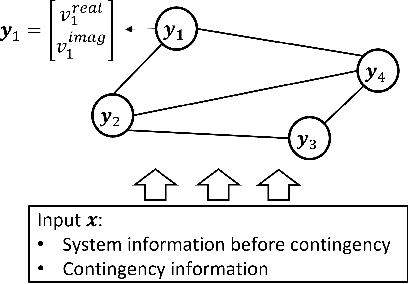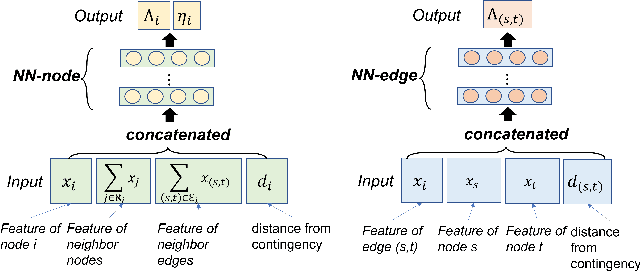Towards Practical Physics-Informed ML Design and Evaluation for Power Grid
Paper and Code
May 24, 2022



When applied to a real-world safety critical system like the power grid, general machine learning methods suffer from expensive training, non-physical solutions, and limited interpretability. To address these challenges for power grids, many recent works have explored the inclusion of grid physics (i.e., domain expertise) into their method design, primarily through including system constraints and technical limits, reducing search space and defining meaningful features in latent space. Yet, there is no general methodology to evaluate the practicality of these approaches in power grid tasks, and limitations exist regarding scalability, generalization, interpretability, etc. This work formalizes a new concept of physical interpretability which assesses how a ML model makes predictions in a physically meaningful way and introduces an evaluation methodology that identifies a set of attributes that a practical method should satisfy. Inspired by the evaluation attributes, the paper further develops a novel contingency analysis warm starter for MadIoT cyberattack, based on a conditional Gaussian random field. This method serves as an instance of an ML model that can incorporate diverse domain knowledge and improve on these identified attributes. Experiments validate that the warm starter significantly boosts the efficiency of contingency analysis for MadIoT attack even with shallow NN architectures.
 Add to Chrome
Add to Chrome Add to Firefox
Add to Firefox Add to Edge
Add to Edge